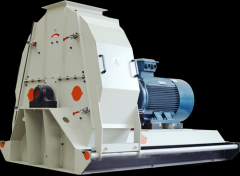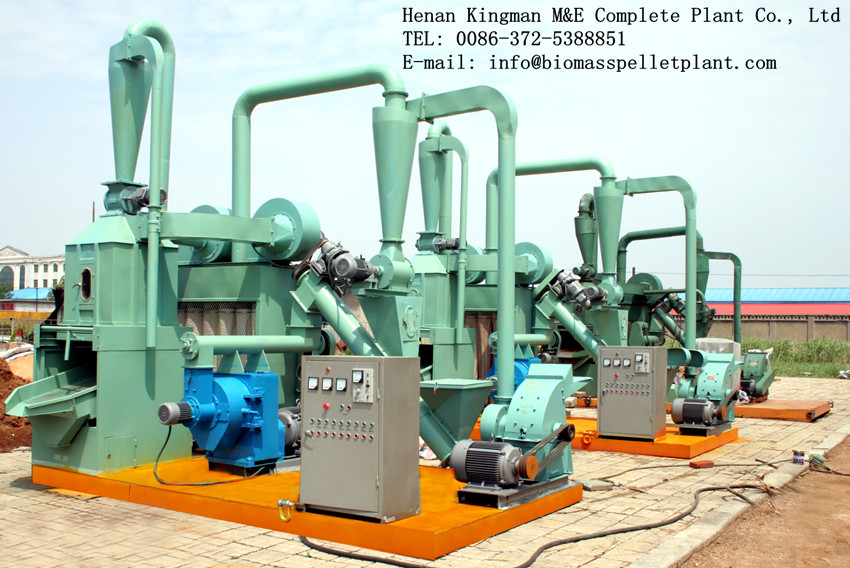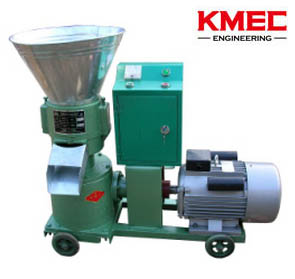The US Biomass Pellet Market and Development Part Two
The US Biomass Pellet Market and Development Part Two
6.Biomass Pellet PricesPrices for pellets in the US vary by season, region, and supply and demand in the same way as other heating fuels do. In the US, pellets are sold by bag (40 lb), by ton (50 bags), and by skid (60 bags). The selling price currently ranges from $219 to $280 per ton ($4.60 to $5.60 per bag) and averages $250 per ton ($5.20 per bag). Because bags of pellets stack and store easily, and many prudent customers take advantage of lower off-season prices and ensure their winter fuel supply by buying earlier. Selling price, of course, is only a part of the cost picture. The primary issue is the cost of energy, which is measured in dollars per million British thermal units. Pellets purchased at the average $150 per ton and burned in a typical pellet stove cost about $14.00 per million Btu, a figure that is less than the cost of electric heat (roughly $30 per million Btu) and competitive with average energy costs of some other fuels. Natural gas prices, however, are currently lower. Prices for natural gas range from $4.50–$5.50 per million Btu, and are likely to remain low for the foreseeable future. This will continue to be the main impediment to large-scale adoption of biomass for home heating, except in areas where it is not available.
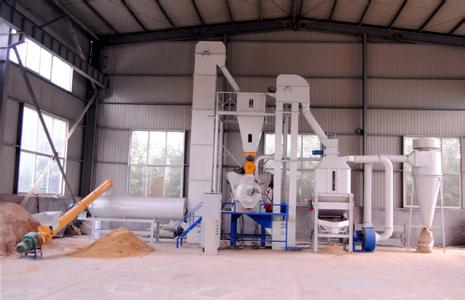
7. Economic Driving Force
There are a number of instruments in use in the US at either the federal or state level influencing biomass energy production or use.
- Federal Biomass Economic Engine
Also at the federal level, and the foremost government driving force pushing for renewable energy is the Energy Independence & Security Act of 2007 (EISA). EISA was signed by the President on December 19, 2007, after being announced in the State of the Union address as the “Twenty in Ten” plan to boost biofuel production. This Act set a timeline and goals that have since been expanded through 2022. EISA included the Renewable Fuel Standard 2 (RFS-2), enforced by the US Environmental Protection Agency, which mandates by law increasing the volume of biomass that must be used for renewable energy. RFS-2 mandates that by 2022, 36 Billion gal/year biofuel must be produced in the US to offset petroleum use of which 21 billion gal/year will come from advanced biofuel production and 16 billion gal/year of the 21 billion gal/year will come from cellulosic biofuels, with the remainder from biomass-based diesel and other advanced biofuel types. Advanced biofuels are essentially any biofuel other than corn starch ethanol, which also meet a 50% lifecycle Greenhouse Gas (GHG) threshold.
- State Biomass Economic Engine
READ: GERMAN PELLET MARKET AND DEVELOPMENT
In addition to the RPS, a relatively common instrument for supporting environmentally friendly electricity generation is green pricing. These are voluntary programs where consumers pay a premium for electricity generated from environmentally friendly sources. These programs are available from over 500 utilities in 34 states, and over 50% of all US consumers can purchase green power, with the mean level of premium being 2.6 cents per kWh. Other organizations have set targets that while not mandatory, have helped drive federal policy. One such group is the Biomass Research and Development Initiative’s (BRDI) Technical Advisory Committee, which was established by the Biomass Research and Development Act of 2000. The BRDI Technical Advisory Committee has diverse representation from industry, academia, non-governmental organizations, and state governments. In its 2006 Vision Statement, the committee set a goal that by 2030 biofuels consumption would be equivalent to 5 billion gallons of gasoline, ~20% of the total market share, and biopower consumption would be 3.8 quadrillion Btu, or 7% of the market share. By 2030, the committee envisions bioproducts consumption to be 55.3 billion pounds.
READ:BIOMASS PELLET FUEL MARKET IN FRANCE
Another organization, 25×’25, whose steering committee is comprised of leaders from industry and state governments, has released policy recommendations and strategies aimed toward producing 25% of America’s energy needs by 2025 by utilizing the country’s agricultural and forest resources, while still meeting demands for food and feed. They believe that this goal could increase the demand for cellulosic ethanol by 86 billion gallons a year and reduce the oil demand by 59 billion gallons. State and federal agencies have set ambitious goals for renewable energy production. Ultimately, biomass will not be utilized for energy production if it is not economically viable. In order to decrease the cost of capture and utilization of biomass, it must be transportable in an economically viable form, and it must be commoditized. Pelleting increases bulk density and durability, and makes transport of biomass more efficient and economical. It also provides a uniform format which forms a standardized utilization of a variety of sources and types of biomass.
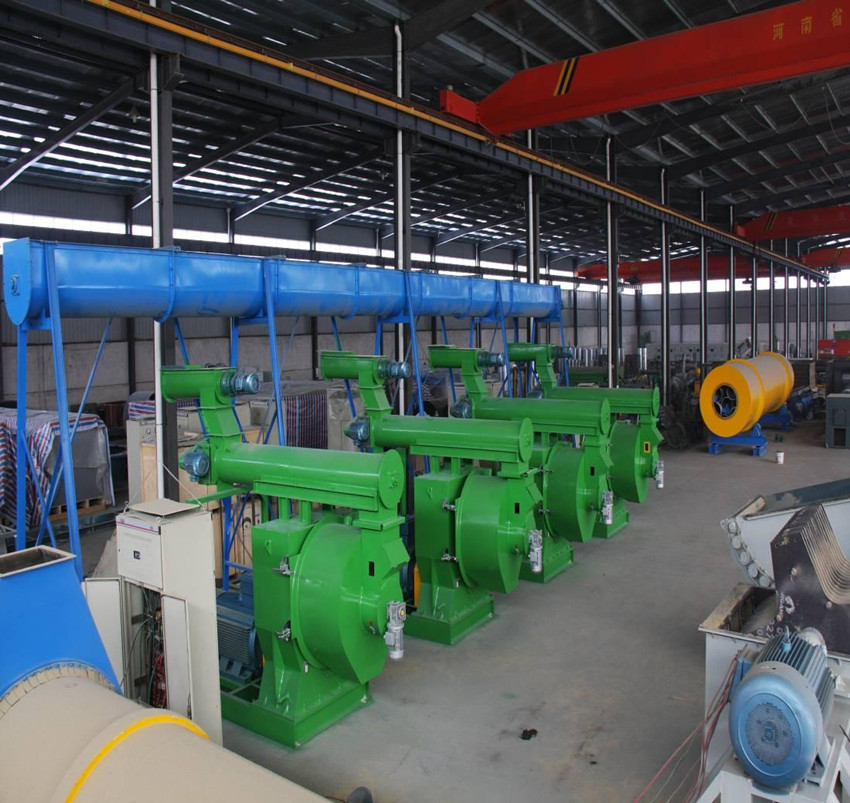
8. Future Projections
As the biomass pellet industry is a nascent industry in the US, there has been a recent swell of interest in clean energy, including renewable biomass. Individual states have set goals for biomass production, but the lack of federal mandates creates some uncertainty in the industry. Retiring coal will likely continue to be replaced with natural gas generation capacity; however, regulations will likely drive existing coal power plants to co-fire with biomass, which will create an increasing market for biomass pellets. New technologies for torrefaction of biomass will enable power producers to transition from coal to biomass with little operational changes to the plants themselves. Torrefied pellets have a much higher energy density, lower moisture content, and are more stable for storage and transportation (more hydrophobic, immune to biological degradation, and are more physically durable). This will allow the use of torrefaction to create a stable commodity market for torrefied pellets. The biggest challenge for pellet mills will be to match capacities needed for many power plants. Under current usage levels, a sudden coal to biomass conversion would likely overwhelm the current capabilities of the industry. European exports may actually decrease in the future if the projected demand in the US is realized due to biopower and domestic pellet consumption. As stated above, the DOE target is to replace 30% of transportation fuel use with biofuels, leading to a consumption of 530 million dry tons/year of biomass. This may be a real concern for the European markets as they work to achieve the mandated increases in biomass energy production to 20% by 2020. As the US develops a more established pellet plant capacity, opportunities in the power sector will continue to grow. Carbon dioxide mitigation policies that will increase fossil fuel costs will also help drive demand for biomass as an alternative fuel.
Back to the Part One
Grass is commonly seen, and wild grass grows almost everywhere in the open air. Actually pellet mills can be used to process grass into biomass pellet fuel for pellet market.
News
- Small Pellet Machine Manufacturer-Kingman
- Application of Wood Pellets and Use of Biomass Pellets
- From Fossil Fuel into Biomass Pellet Fuel
- Biomass Pellet Making Machines Market
- Applying of pellet stoves for home use
- Highland pellets to build $130 million facility in arkansas
- How to deal with the blocked hammer mill
- How to Make Wood Pellets with Sawdust
- The government policy promotes the development of biomass fuel
- Market analysis of biomass pellet fuel
- Strategic positioning of renewable energy
- Biomass energy has pass through the pre assessment
- The key point of deep processing of biomass pellet
- Harbin is promoting the development of biomass machinery
- The development of biomass formation technology I
- The development of biomass formation technology II
- Biomass energy industry is now going full tilt in 2015
- Rapid increasing demand of sawdust pellet on the market
- Pellet fuel market in EU
- Chinese Biomass Energy Conference held in Beijing
- Future market development of straw pellet mill
- Peanut Shell Pellet Mill Makes High Quality Pellets
- The utilization of straw is only 5%, biomass energy needs our attention!
- Corn straw pellet machine relieves the tight supply of fuel energy
- Reasons for loose or not forming of biomass pellet mill


